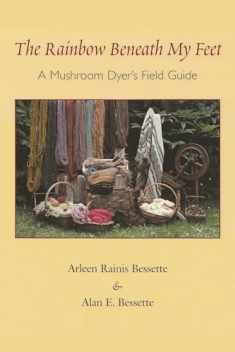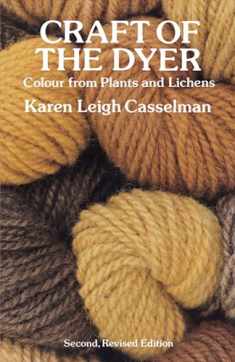
Lichen Dyes: The New Source Book (Dover Crafts: Weaving & Dyeing)
Book details
Summary
Description
Lichens are curious plants, composed of fungi and algae that often resemble splotches of paint peeling from rocks or wood. They have been used to create brilliant, versatile dyes for over 4,000 years. In this comprehensive guide based on 25 years of meticulous research, noted textile designer and lichen expert Karen Casselman explains how to create and use dyes derived from these unusual plants.
The text begins with a fascinating history of such Asian and European lichen pigments as Phoenician purple, Roman murex, Florentine orchil, and Norwegian korkje. Consideration of Scottish, Irish, and Scandinavian domestic lichen dyes follows, as well as those used in colonial America. Also discussed at length are safe dyeing methods, with special attention to equipment and preparation of the fiber; ecologically sound dyeing techniques and the use of mordants (substances used to fix dyes); lichen identification; and more. A final section includes charts of lichen dye names and ingredients, additives and alternative mordants, international field guides, useful bibliographies, indices, and other information.
Well written, informative, and filled with expert advice, this excellent guide will be indispensable to novices and experienced dyers who wish to learn the age-old art and craft of dyeing with lichens.


We would LOVE it if you could help us and other readers by reviewing the book
Book review





